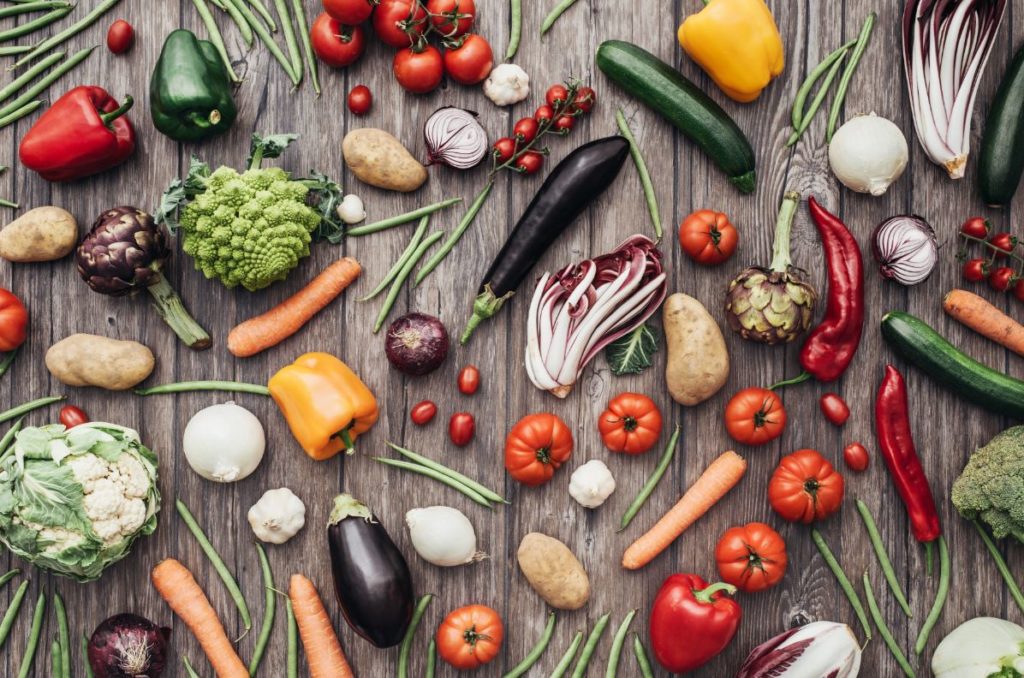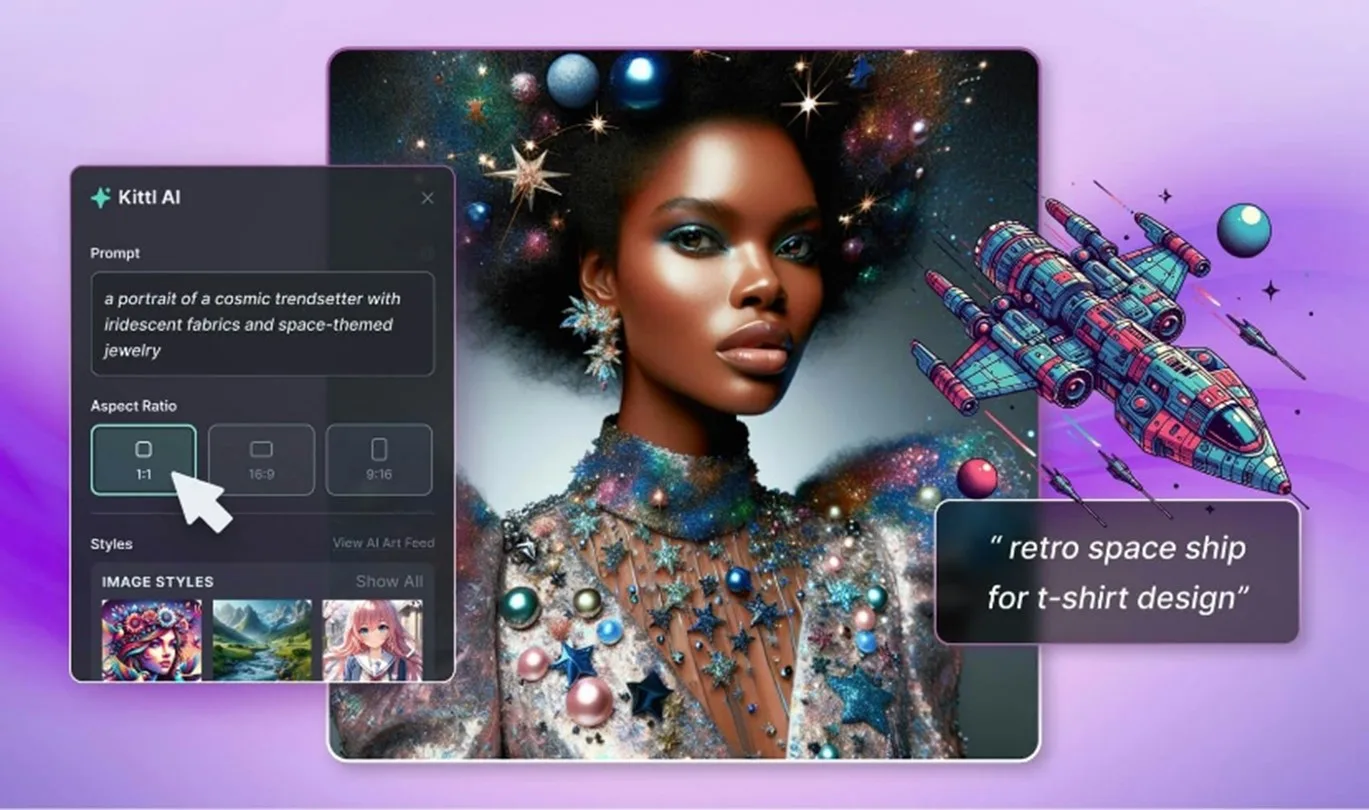
Sainsbury’s
recently launched its ‘Future of Food Report’ which predicts the role food
could play in our lives in 2025, 2050 and 2169.
An insightful read that reinforces the crucial need to take action to safeguard our planet’s health, here are the top callouts:
By 2025:
The foods we eat will
become more planet-friendly. A quarter of us will be vegetarian or vegan.
With
our earth warming at an accelerated rate, planet-friendly food is a hot topic.
And it should be. What we consume – and how it’s produced, packaged and
transported – has enormous implications not only for human health but the
entire ecosystem.
It’s
therefore not surprising to see predictions that, by 2025, a quarter of all
British people will be vegetarian (up from one in eight Britons today) and half
of us will identify as flexitarians (up from one fifth today).
And
as demand for plant-based foods soars, the grocery aisles will need to adjust.
Hydroponically grown plants* are expected to revolutionize the meaning of ‘fresh’
and we’ll see a proliferation of plant-based meat alternatives. Jackfruit
(already surging in popularity in 2019), is predicted to become a popular meat substitute
as well as mushroom-based products,
algae milk, seaweed, caviar and insects (crawly things are already making their
way onto our shelves – just check out Eat Grub’s range of protein-packed,
edible-insect snacks!).
If
2025 will see a surge in public awareness altering the foods we eat, what’s in
store for 2050?
By 2050:
Cultured meat will become
a grocery staple.
With
the global population expected to reach nine billion people by 2050, it will
not be sustainable to produce and consume the same quantities of meat that we
currently do.
The
report anticipates that cellular proteins – the ‘meaty tissue’ cultivated
independently from animals using stem cells – will reduce the need for farmed
animals (and consequential greenhouse gases). While we’re currently seeing
research in this area in beef and fish, it’s predicted that by 2050, the
application may expand to eggs, milk and gelatine.
Our oceanic diet will
expand.
As
consumers, the breeds of marine life we consume will need to vastly expand – a
vital move to protect marine ecosystems.
Expect
to serve up lesser-eaten species such as porgy, dogfish, lionfish and barramundi.
We are likely to also place higher value on previously overlooked nutrient
sources and invasive species, such as jellyfish and seaweed.
By 2,169:
In
order to leave some element to the imagination – this snapshot will require
some further reading.
In
the meantime, here’s a teaser – chips embedded in our skin, robots managing
farms and food consumption becoming an immersive, all-sensory experience.
Glossary*:
Flexitarian: A flexitarian diet is one that is
predominantly plant-based with the occasional inclusion of meat and other
animal products. Also known as semi, casual or part-time vegetarian.
Hydroponically grown
plant: Hydroponics is
a subset of hydroculture, which is a method of growing plants without soil by
using mineral nutrient solutions in water. Hydroponically grown plants,
cultivated without soil, can be grown in spaces that would otherwise be unused
– underground tunnels, disused warehouses etc., offering new opportunities for
urban food growing.
Source:
‘Sainsbury’s
Future of Food Report’, 2019, https://www.about.sainsburys.co.uk/~/media/Files/S/Sainsburys/pdf-downloads/future-of-food-08.pdf

Navigating the fast-paced media landscape requires a dedication to innovation and a deep grasp of industry trends. At the heart of this transformation is Artificial Intelligence (AI), a total game-changer reshaping how we handle tasks and workflows. If the thought of this new ‘co-worker’ freaks you out as much as… Read more

We’ve delved into the minds of some of the biggest brand innovators around to uncover their secrets of success and inspiration. Brands aren’t just threads in life’s fabric; they’re engines of inspiration. Behind these brands are some of the world’s most influential leaders, driving change and innovation. That’s why we’ve… Read more

It’s no secret that we’re currently living through the age of social media, where platforms such as TikTok have become more than just entertainment hubs with viral dances and comedic skits — but now a powerful marketing influence that’s totally shaping consumer behaviours and trends, particularly in world of grocery… Read more